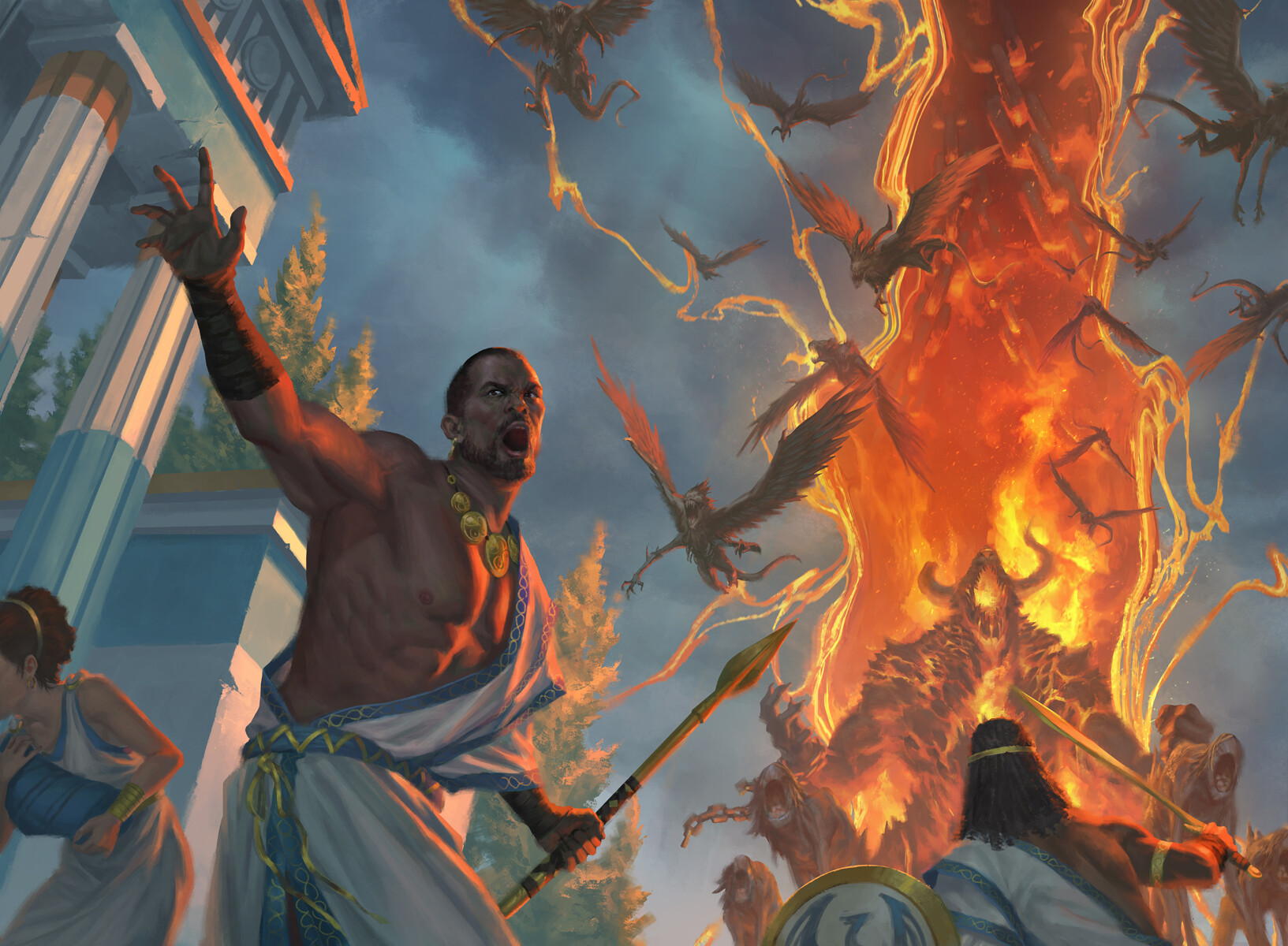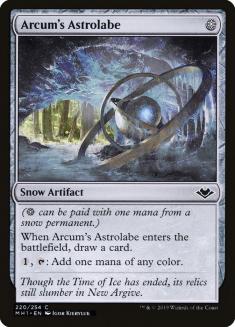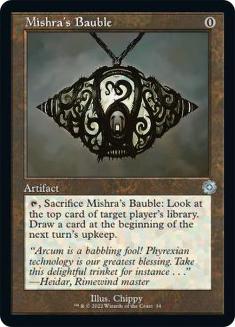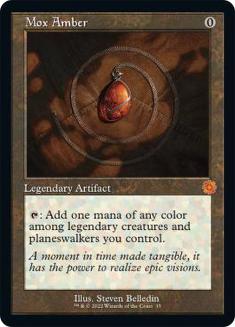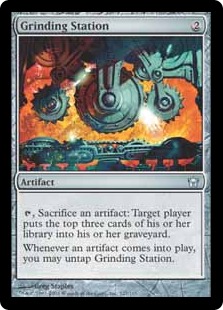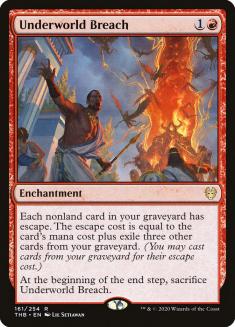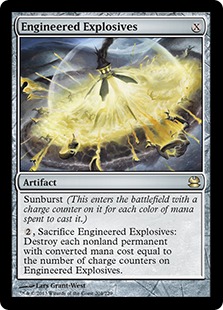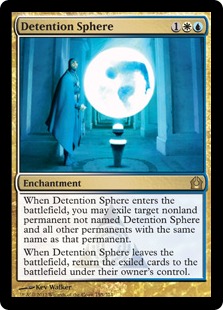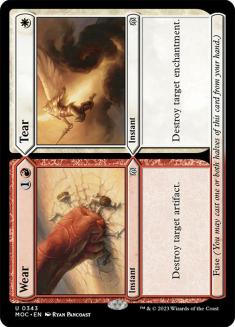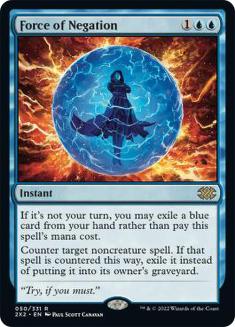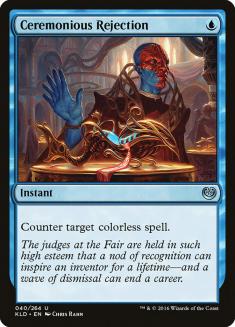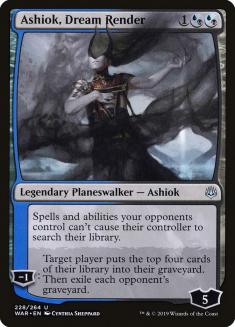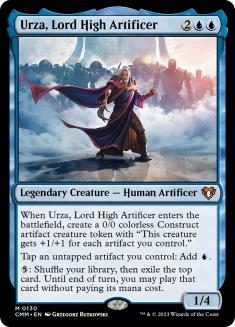It has been exactly one year to date, as I write this article, since I played in a paper Magic event. To the surprise of no one, it has been a tough year for me on the competitive scene. The gathering is what has always pushed me to excel, whether it’s with my team on trips around the world or driving up with my local buddies to a PTQ, not sitting in front of my computer for two days straight staring at digital representations of cards. I still have logged quite a few hours into Magic Online (MTGO) and MTG Arena; however, I cannot dedicate that same passion for the online equivalents. Paper Magic will return in a big way and I will be one of the first in the registration line.
The event a year ago was a Modern one and I prepared quite a bit for it. It was SCG Regionals and I was fortunate enough to take down the whole thing in a field of some really skilled players from the surrounding areas. Team Lotus Box had a pile of competitors there, as well as other PTQ/SCG Tour grinders I recognized right off the bat. I was expecting an easier event, maybe having to simply defeat my boy Corey Baumeister in the mirror in a worst-case scenario situation. The rounds were stacked, the event was fierce, but the power of Grinding Breach led to some lopsided victories all the way through the finals.
Creatures (7)
Planeswalkers (4)
Lands (21)
Spells (28)

My winning list features a few cards that are no longer legal in the format. Arcum’s Astrolabe and Mystic Sanctuary received the axe recently, weakening the mana consistency and the alternate win condition that was built into the speedy combo deck. Arcum’s Astrolabe was the biggest hit to the deck, requiring an immediate shift from four to three colors.
The fourth color in Grinding Breach was greedy on paper but seamless in practice. Thoughtseize assisted in pushing through the combo, regardless of the disruption the opponent was packing. The downside was not there with Arcum’s Astrolabe, essentially allowing this mono-blue deck to cast spells from all over the color wheel. I was the earliest opponent of Arcum’s Astrolabe in every format it was legal in, seeing the damage it was causing to the fabric of each. Even though I played it in nearly every deck and every event since it was printed, I knew it had to get removed for the good of the game.
Since Arcum’s Astrolabe was successfully banned in Modern, there’s no need to rehash all the reasons why the decision was correct. The format is better for it and players have been forced into following the color requirement rule or suffering the various consequences competitive Magic has to offer. The additional shocklands and fetchlands required to make the black splash in this deck are not worth the life-loss attached if Burn, Izzet Prowess, Death & Taxes, and other aggressive decks exist. Modern is back to a format of reasonable manabases, for the most part. Those who venture outside of what is acceptable are vulnerable to aggro, Spreading Seas shenanigans from control, Blood Moon, and Choke to name just a few.
The other black spell was Fatal Push, but that’s not the biggest loss for Grinding Breach. Lightning Bolt is an acceptable replacement, as the deck just needs some reprieve from early pressure. Lightning Bolt hits creatures early and can take out an annoying planeswalker later, making it arguably better than Fatal Push in certain metagames. The loss of Thoughtseize is where I miss the black splash the most and can weaken the deck significantly if Force of Negation decks take over. Even though the blue sideboard helps Grinding Breach fight countermagic, Thoughtseize was a much cleaner answer.
Mystic Sanctuary getting removed did not hurt the deck much. The late-game contingency plan was not used often and there are other ways to grind out opponents that pack heavy disruption. Urza, Lord High Artificer did most of the heavy lifting, and it’s not going anywhere. Management keeps deleting tools from his toolbox but its power level remains. I won a few matches at SCG Regionals with a recurring Cryptic Command, but many victories were off the back of a dual-threat attack. Defending against the combo is hard enough on its own without having to face a must-answer four-drop across the battlefield.
My post-banning changes centered around making the mana better without Arcum’s Astrolabe and Mystic Sanctuary, a land that often entered the battlefield tapped. There were always enough Islands in the deck; however, the land count was only 21. The low number of lands naturally caused Mystic Sanctuary to sometimes not operate correctly. I fixed the manabase, added some new artifacts, and finalized the shift to three colors.
Creatures (7)
Planeswalkers (4)
Lands (21)
Spells (28)

Artifact-based strategies have been getting ban hammered for a few years straight now, so it is time for Wizards of the Coast (WotC) to take it easy. I saw the glaring inequities of the format early on and took to the streets, and the deeds have been done. I can confidently say that if one more of these cheap artifacts is banned from Modern, it will be the death of these strategies for the foreseeable future.
In the same rant articles I wrote on Arcum’s Astrolabe, Mishra’s Bauble was a notorious coconspirator. Since half of this duo was banned, things approach perfect balance. Chromatic Star enters in place of its fallen one-mana artifact comrade, while Terrarion jumps in as a mediocre assistant. Both one-mana artifacts get the job done early, fixing the mana for the various Jeskai requirements; replace themselves with card draw; trigger when sacrificed to Grinding Station; assist the arrival of Emry, Lurker of the Loch; fuel Underworld Breach in a pinch; and increase the potency of a mid-game Urza. The job description of artifacts in Grinding Breach is staggering, but they’re up for the challenge.
The artifact packaged is largely unchanged from the winning list, outside of the new additions that replaced Arcum’s Astrolabe. Mox Amber is a combo-centered two-of that makes the kill as smooth as possible. The actual combo of the deck requires any zero-mana artifact, but Mox Amber generates mana with a Teferi, Time Raveler; Emry, Lurker of the Loch; or Urza on the battlefield. Once the combo begins after a resolved Grinding Station and Underworld Breach, it’s easy to cast Emry from the graveyard and then add a ton of blue mana to the pool. This series happens as early as Turn 3, simply requiring the two combo pieces and a cheap artifact.
Engineered Explosives is as important as ever in Grinding Breach. Without black-based disruption, some early-game hate pieces will resolve. Engineered Explosives is the universal answer to these resolved threats, while also being a zero-mana artifact for combo purposes. This was always my favorite addition to Ironworks Combo, a deck much more powerful but more vulnerable to disruption. In addition to getting rid of a Rest in Peace, Engineered Explosives has bailed me out numerous times against a wave of early-game creatures. Having a combo piece that serves as an answer to hate pieces is a huge benefit of playing artifact-based combo decks.
Without the help from Thoughtseize, the success of Grinding Breach rests solely on Teferi, Time Raveler. It’s the only white spell in the maindeck but is arguably the most important non-combo piece as well. Resolving it requires immediate action by the opponent or they will sit there helplessly while being comboed into oblivion. It makes interaction impossible while on the battlefield and requires more than one threat to answer due to its built-in bounce effect. There’s no better feeling in Grinding Breach than dropping a Teferi, sending a threat back to the opponent’s hand, drawing something needed, and watching them spend their next turn dealing with it. This series happens often and overwhelmingly results in victories by the Grinding Breach player.
I could write an entire article on the importance of Teferi in Modern combo decks but I think we all see its complete value. The white mana in the deck allows us to play cleaner enchantment removal in the sideboard. Detention Sphere and Wear have been great tools in the deck and will increase in number if the metagame requires it.
Hall of Heliod’s Generosity looks like a complete joke of a land but is further utilized in the sideboarded games. Returning a milled Detention Sphere to handle an issue on the battlefield in addition to its original purpose of returning Underworld Breach to the top of the deck is why the unique land is seeing play here. The manabase may seem unwelcoming to a colorless land, but the removal of black and Mystic Sanctuary has improved its chances of being useful.
The disruption of the deck has not changed much in the last year. Cryptic Command and Archmage’s Charm are versatile answers to threats, produce card advantage, and assist Grinding Breach when it’s pushed to the late-game. Winning the game between Turn 3 and Turn 5 is the primary goal, but we all know Magic is not that linear. Giant spell battles happen in this game, disruption flying back and forth, and sometimes it takes a little extra effort for the combo deck to take it down.
This is where Cryptic Command, Archmage’s Charm, Urza, Emry, and Teferi work in perfect harmony together. Grinding Breach transforms from a blitz combo deck to a grindy control deck, always threatening the auto-win at any moment when the game stretches long. Even without Mystic Sanctuary, Cryptic Command is still a powerful card that I feel an unwavering requirement to sleeve up.
The sideboard has changed a bit to address the new metagame of Modern. Force of Negation and Ceremonious Rejection assist to thwart the big mana decks of the format, while Mystical Dispute is the primary tool in the countermagic versus countermagic fight. My first brew of the new Jeskai Grinding Breach deck had a lot more blue firepower in the sideboard to combat control decks. As I continued to struggle against decks with heavy blue disruption, I found my old friend that shuts them down in a split second.
Blood Moon is a staple in Soorani combo decks, especially those that utilize artifacts to fix mana. This version of Grinding Breach is no different, having essentially a mono-blue manabase, one white spell in the maindeck, and a red combo card.
Blood Moon is a no-brainer here but is much better than I initially anticipated. The loss of Uro, Titan of Nature’s Wrath and Arcum’s Astrolabe has put the format into a couple of camps. Some decks are very linear and aggressive, not running more than a couple of colors, while others went big. Control decks are still stretching the mana rules; even decks that run Celestial Colonnade want nothing to do with a Blood Moon.
The usefulness of it against Mono-Green Tron or Amulet Titan is obvious, but the application extends beyond that. When an aggro, midrange, or control deck resolves a Blood Moon, there’s still a window to free yourself from it, while a combo deck slams the door shut soon after.
The rest of the sideboard beefs up Grinding Breach against the other decks of the format. Ashiok, Dream Render is a metagame staple for all that can cast it, allowing decks that utilize the graveyard to have one-sided hate for the opponent. In addition to the graveyard hate, it also prevents searching, putting a nail in the Primeval Titan coffin.
Supplementing that green hate, Aether Gust is too versatile to leave out. It’s universally effective against aggro, midrange, and big mana decks. I don’t remember the last time I had a Modern deck without it and doubt that will change anytime soon. A third Urza rounds out the sideboard to boost Grinding Breach against the hate-heavy decks of the format.
I love control decks in Modern, but decks like Grinding Breach are special to me. Having the ability to combo kill while also playing cards like Cryptic Command and Urza, Lord High Artificer is too exciting to pass up.

